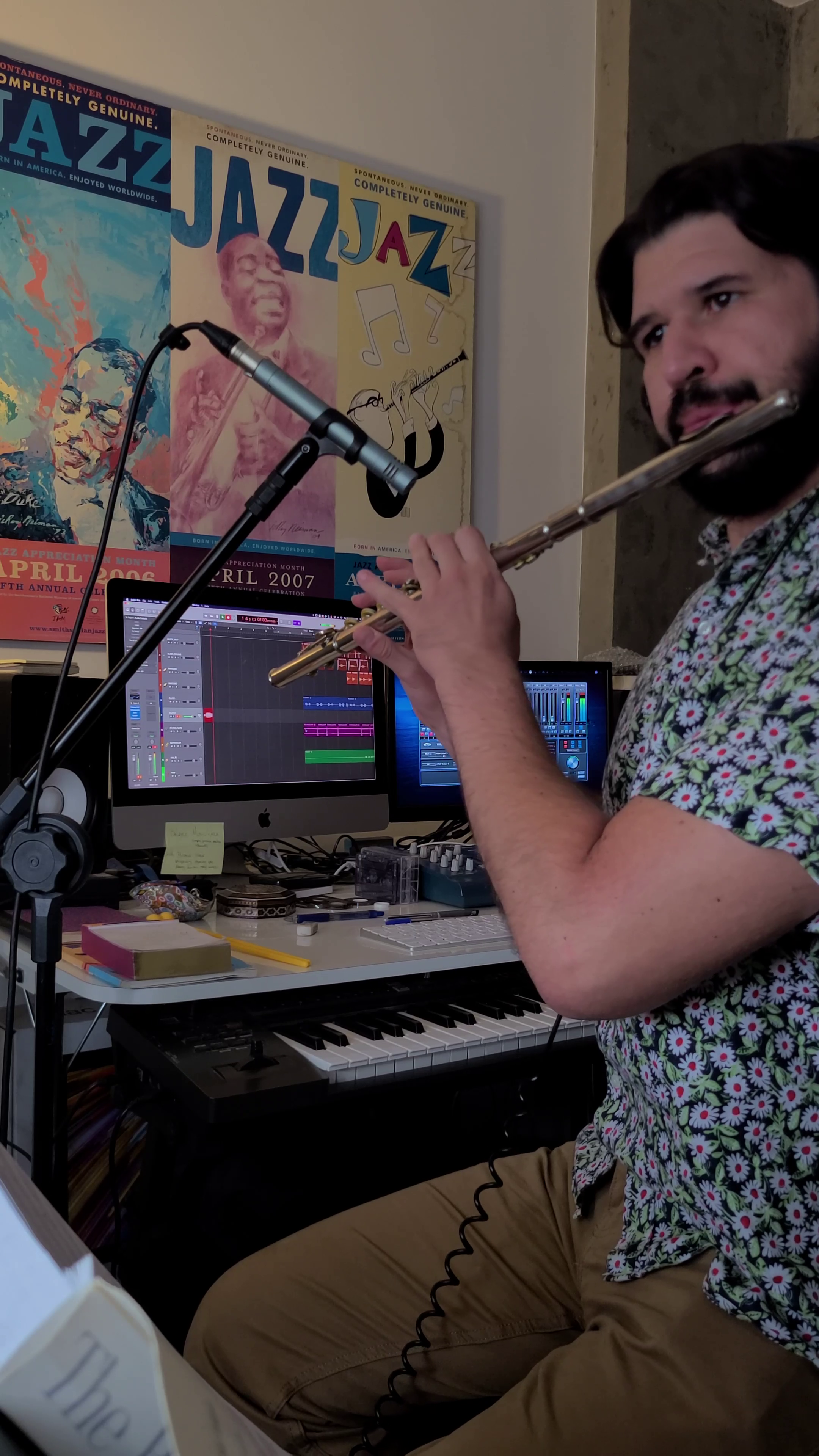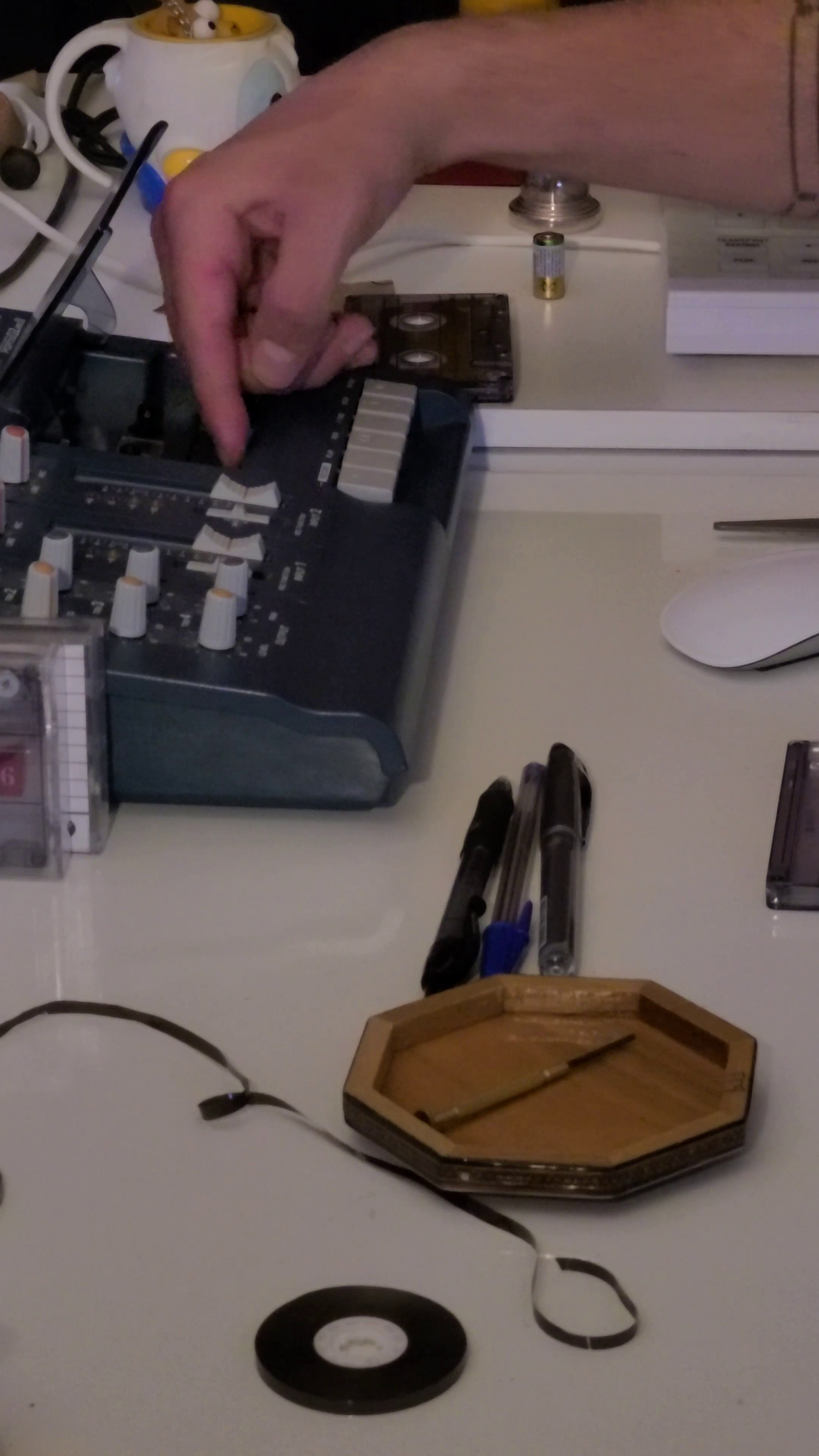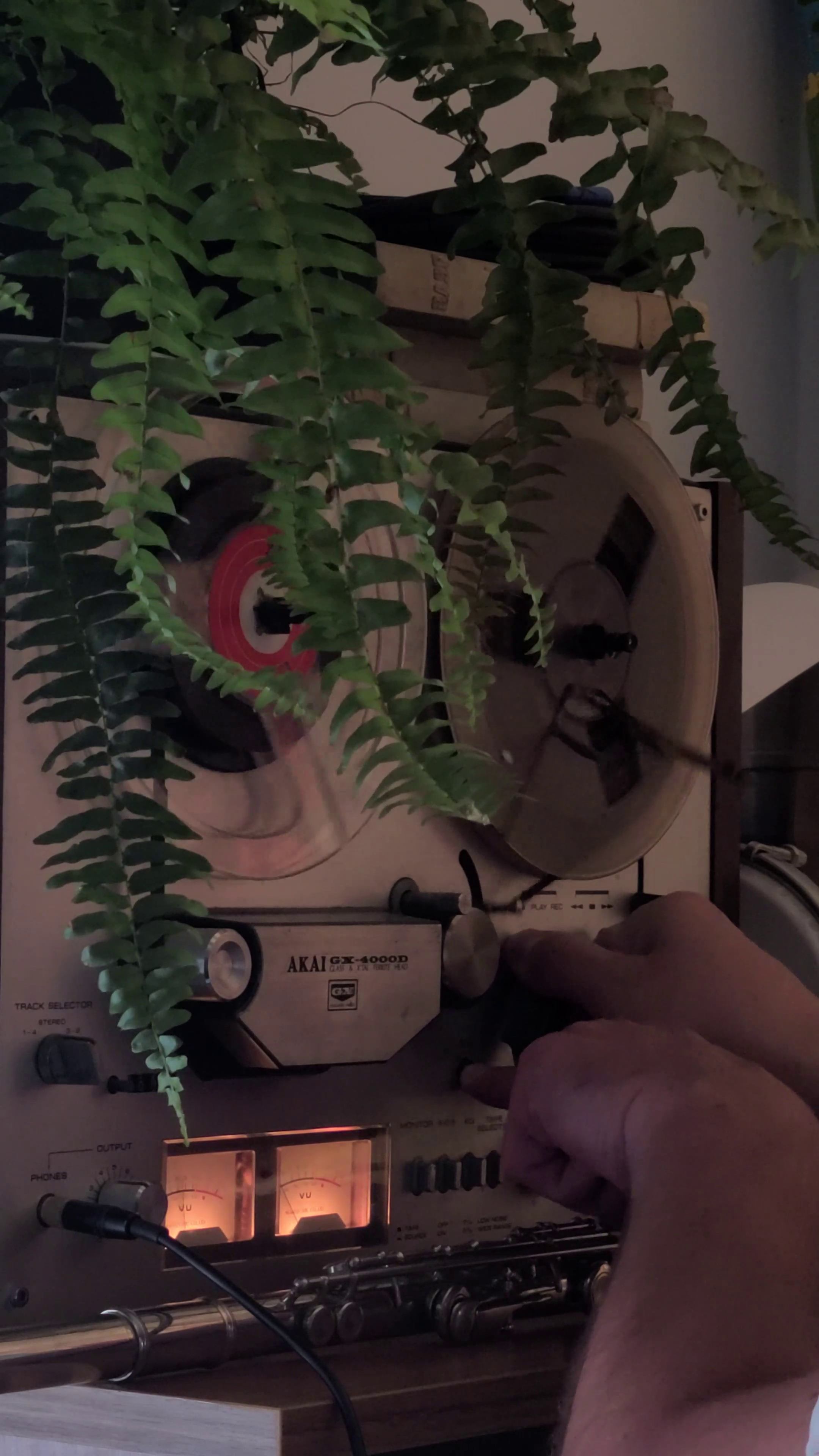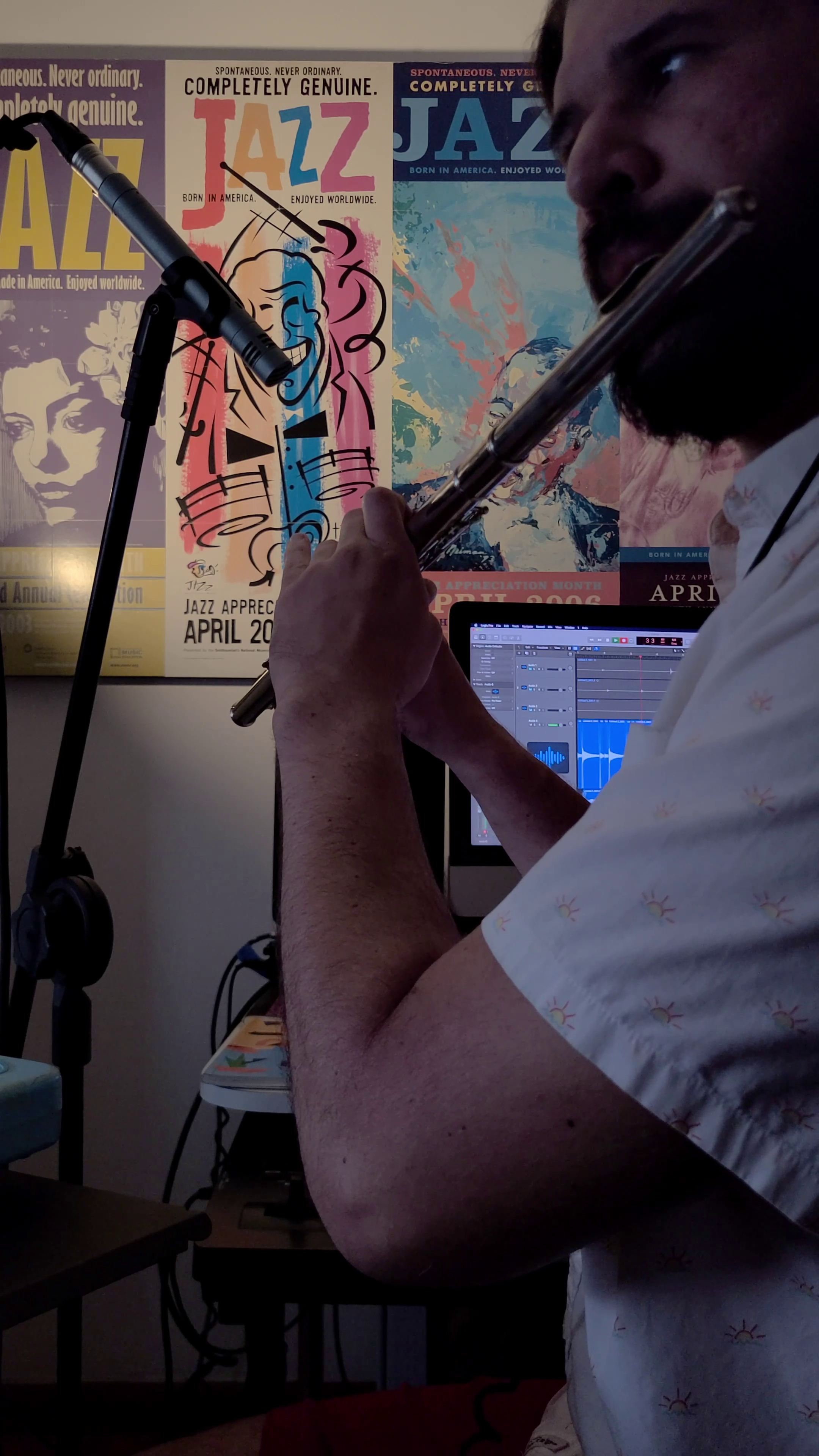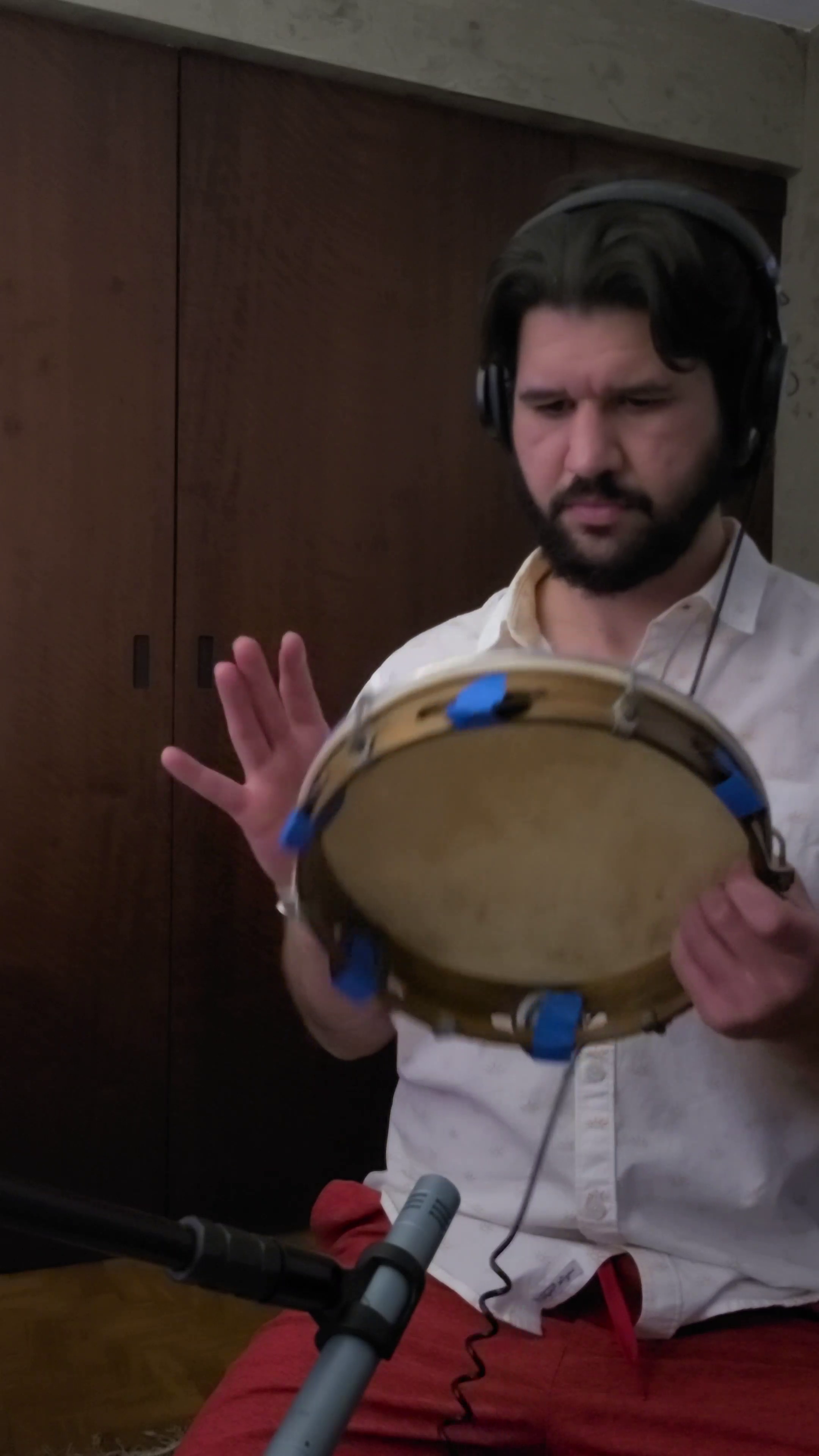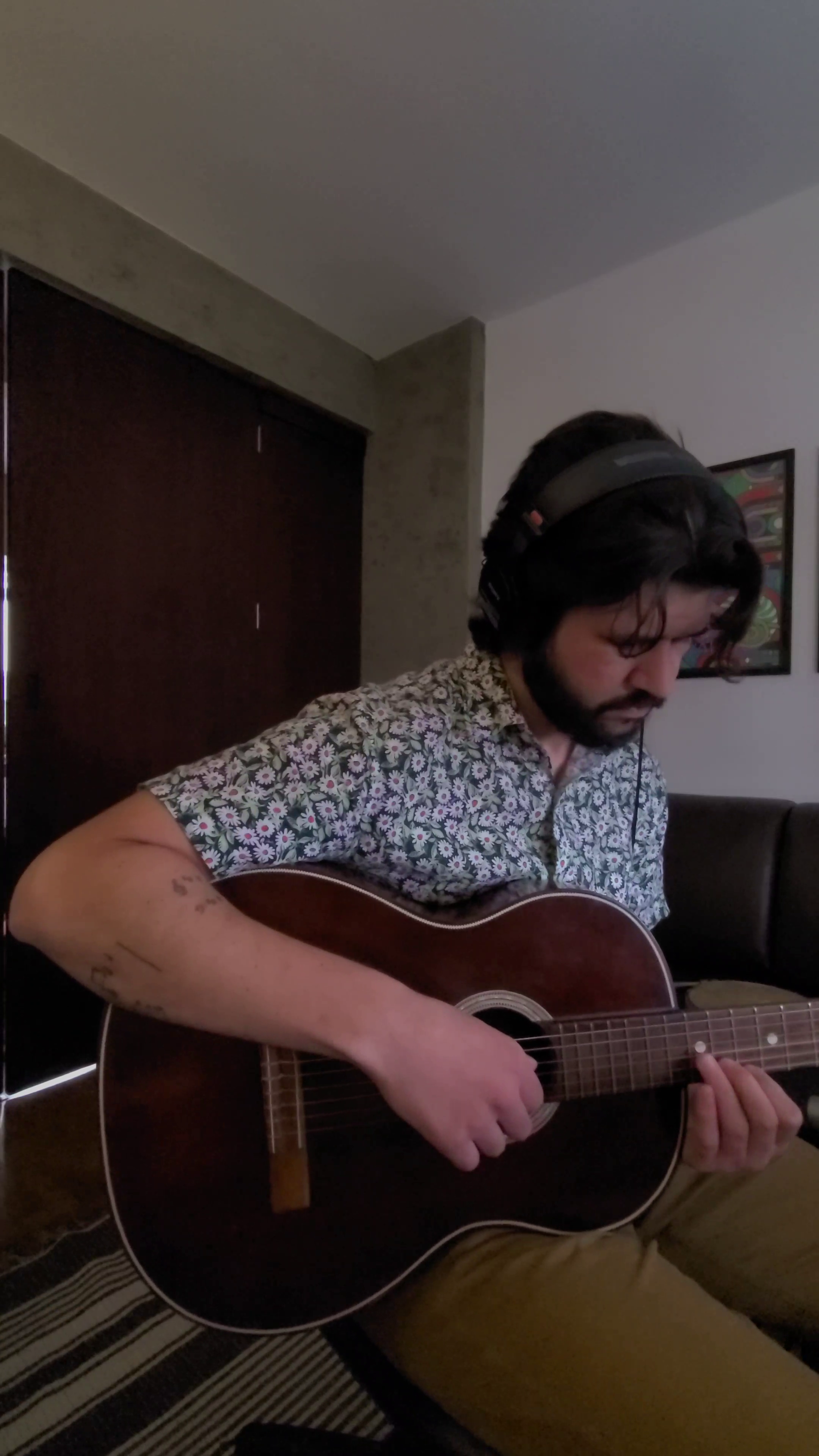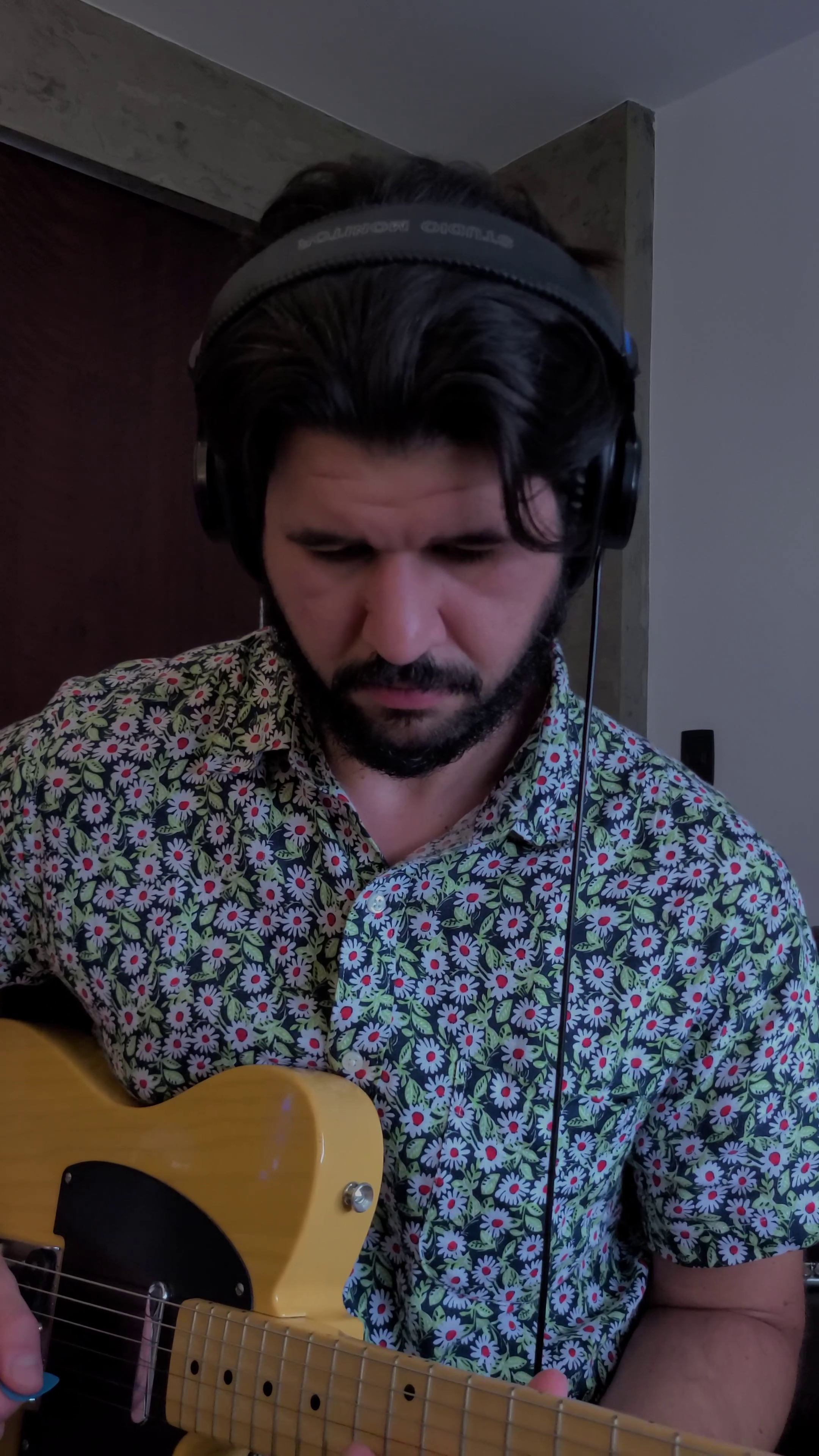The Spell
Pedro Vituri
“…Restriction is, well, a restriction. It shouldn’t be freeing. But it is freeing.”
Interview by C. VanWinkle
November 16, 2021
Would you please begin by describing the piece that you responded to?
It was a visual piece. It was very purple. It was like a mystical thing; there were these two hands casting spells and these shapes sort of like runes on top of it. There’s foggy air around it and this triangular house thing at the back. It had a very mystical air in my head. I think that, with the same iconography but in a different color, I might have perceived it a little different, but I think purple is very mystical, at least for me.
What was your first impression? Do you remember?
I didn’t think it was very serious, which I was happy about. I’ve been trying to get away from being a very serious person. But I also felt like there was this depth to it. I was actually very curious about where it came from because, well, how do you get to that? You know, how literal was this interpretation of the piece before it? It’s such a mystical thing, and maybe the thing that came before it had nothing to do with that and the person really brought this into the thread, or maybe it was there already. Was the first thing a book of spells? I decided I needed to double-down on it, that’s what I thought.
That’s true! It could have been exactly like the thing that came before it or it just came from the artist’s imagination. What happened next?
I knew right away that I wanted to do something kind of mystical. I’m playing around with tape a lot and I really like that. I got some cassette tapes; I have a reel-to-reel, like a big thing that has different speeds and all that. I was playing around with that and realized I could make something really mystical and fun with this. I have a little glockenspiel (a children’s instrument) and it’s got a beautiful sound. I thought, If I record this on tape and then play with the speed and stuff, I can make different textures just of this sound. It’s going to give you this sparkle, this little twinkle, which is what creates this fog around it. So that was the first thing that I did. I recorded a bunch of stuff. I slowed it down and sped it up, and in doing so I really found the sound I was looking for. I had something in mind and I realized, Okay, this is it, which is the first part of the process. Now I had a key and some sounds that I could chop up and put into a structure that would make sense.
I wanted to build textures because I thought that sort of visual art was a very textural thing. You know, the fog, the hands, the house, they all had different textures. I recorded seven or eight layers of flute with different harmonies, and then I saturated the hell out of that with a cassette tape so it doesn’t even sound like a flute anymore. It just comes out as this little distorted bit, and I felt that was great texture too. Besides the beginning of this piece, which has an intro that I came up with later, the twinkle and the flute texture of the cassette really run through the rest of the piece. I thought that really set the mood.
I liked the idea of adding percussion and I thought that was a rather interesting opportunity for me to work with the tape and stuff. I had some real percussion that I wanted to record, but I wanted to manipulate that as well. Not all percussion has a pitch, but a lot of it does. If you manipulate the speed of the recording, you get different pitches. I have this big drum that has a really low, nice sound. I just tuned that to create a melodic line, and I thought that was good. It really brought this mood and played around with this mystical thing. That was really fun.
Then I took a break and slept on it. I realized it needs to have an intro and it just came to me. If I do this chromatic thing going down on the flute, that’s going to really set this up as something like in a mystical movie where they’re in the real world and they find some portal and go into the mystical land. I think of all these tropes, like in Narnia or Harry Potter, when he finally goes to the magical world.
I started bringing in other instruments there. It needed to have bass; it couldn’t just be flute. I have a euphonium, which is like a smaller tuba. It’s an instrument I don’t really play. I just started playing a few months ago and I’m kind of terrible at it still, but that’s okay. I think that’s when the main section really started taking form. I came up with the percussion and this bassline, this texture on top, and everything kind of came together. From there, I just added some acoustic guitar and electric guitar, and things seem to have worked out.
It sounds like you were able to integrate a lot of the elements of the prompt into your piece, particularly with these textures. I’ve noticed that with other pieces you have done before. You often incorporate more of the prompt than what might be obvious. Is it important to you to stay close to the source material?
Yeah, I think that’s the type of person I am. If I have a prompt, if it’s an interesting prompt, there’s a lot to it. I can’t look at that and choose one little thing, one word from it, and then just do it from that. Because that’s not the prompt! I think there’s something about respecting the original artwork, to see that there’s lots to it and it brings all these things together. In some ways, by doing that, maybe I don’t bring as much of me into the process as I’d like. I do a musical representation of the prompt, which is something that relates to what I do for work Monday through Friday: someone has a video and I put music to it. I think this speaks to that. But honestly, anything that I do brings my own flavor just for the fact that I’m doing it. So I have a little bit of a conflict there. I really do want to find the depth of this prompt, do lots of layers that come from it, but I also feel self-conscious about not bringing my own sound. At the end of the day, I do whatever comes to my mind.
At your day job, do you usually use such a variety of instruments and equipment, or is that something that’s more for play than for work?
I normally don’t. There’s really no time, and the people don’t want that anyway. I work a lot of advertising. A bank that pays me money to create some sound identity isn’t interested in me chopping up some tape and stretching it out to get some weird sounds out of it. I do like to keep experimenting, though, and I think having a prompt really helps me let loose. It’s funny to say that because restriction is, well, a restriction. It shouldn’t be freeing. But it is freeing. I had a teacher in college who said that a lot. “You want to compose and you find yourself stuck? Just decide, ‘I’m just going to write music with one type of chord, with major 7th chords.’” While that really restricts you, somehow it seems freer. And I feel like that’s true for a lot of creative processes.
Yeah, I’ve had the same experience! It seems that having parameters to work within is freeing because it helps me think outside of what I usually do. Let’s see, I believe this is the fourth piece you’ve done for Bait/Switch. It’s so great to keep having you back! How has this experience changed for you over time?
With the first one, I was more self-conscious because I was participating in this bigger thing, and I didn’t know what people’s expectations were. And it was a pretty new thing at that point, so I didn’t know what people’s work was like. “Am I up to the standard? What is the standard?” And then it was just fun, you know? Through time, I’ve developed my work a lot, and I think I just feel more comfortable with myself. Knowing Bait/Switch a little better and knowing that I have more abilities has made me feel much more, I guess, spontaneous in a way. Like, I know I can do this, let me just do it, it’s fun and exciting and it’s going to work out. I’m not going to feel like, Are they gonna hate it, my work is terrible. I don’t want to feel that way.
A lot of participants try something new with this project, so there’s an additional sense of adventure or risk. Are you taking risks? Is this a risky project?
I’ve taken more risks [with Bait/Switch] before. I wouldn’t say this is one of the riskier ones. For example, I took more of a risk for the Adventure Calendar. That was a weirder piece in some regard. I think I was in a different headspace as well.
Which number was your prompt for that?
It was 14.
14! That’s a hard one for music!
I talked about that in the interview. If I’d gotten the number 4, my piece of music would’ve been so boring! 14 was kind of odd. And the piece came out kind of crazy, so I think that was a riskier piece than this. But you know, you do a lot of things, and you don’t really look inward to see what these things are about. And I think this new piece made me look inward in that way and log all the things that I do and that I’m interested in, that I can do. And all the cool things that can come out of it. I don’t think it was risky, but I think it was a good exercise in self-knowledge. Oh, look at all this cool stuff I’m doing! You know, even though the flute, the euphonium, the glockenspiel, none of those things are things that I do particularly well, but when I add it all up, I can create something good. It wasn’t as much taking a risk as it was understanding myself.
That’s beautiful! Now, what’s your advice for someone else approaching this project?
You know what? Take the person’s artwork seriously. Someone made some artwork, and there’s really a lot to it, you know? Don’t just use the platform to do your own work whatever way you do it. Be curious. Go into it. Dive deep. Really feel this artwork that you’re getting as a prompt and try to really get into this mindset. Be a part of it. I think that’s a big beauty of this project; there’s so many cool people doing so many cool things. To be able to take someone’s artwork and do something based off of that, you know, it’s a process to be respected.
Call Number: C59VA | C62MU.viSpe
Pedro Vituri is a composer, producer and instrumentalist based in São Paulo, Brazil. He produces music for visual media, composes and plays guitar in his own projects and is influenced by a wide range of stimuli, from street noise to contemporary art exhibits. Vituri is an associate producer at www.capitaofoca.com and you can find more of his work on www.pedroviturimusic.com


